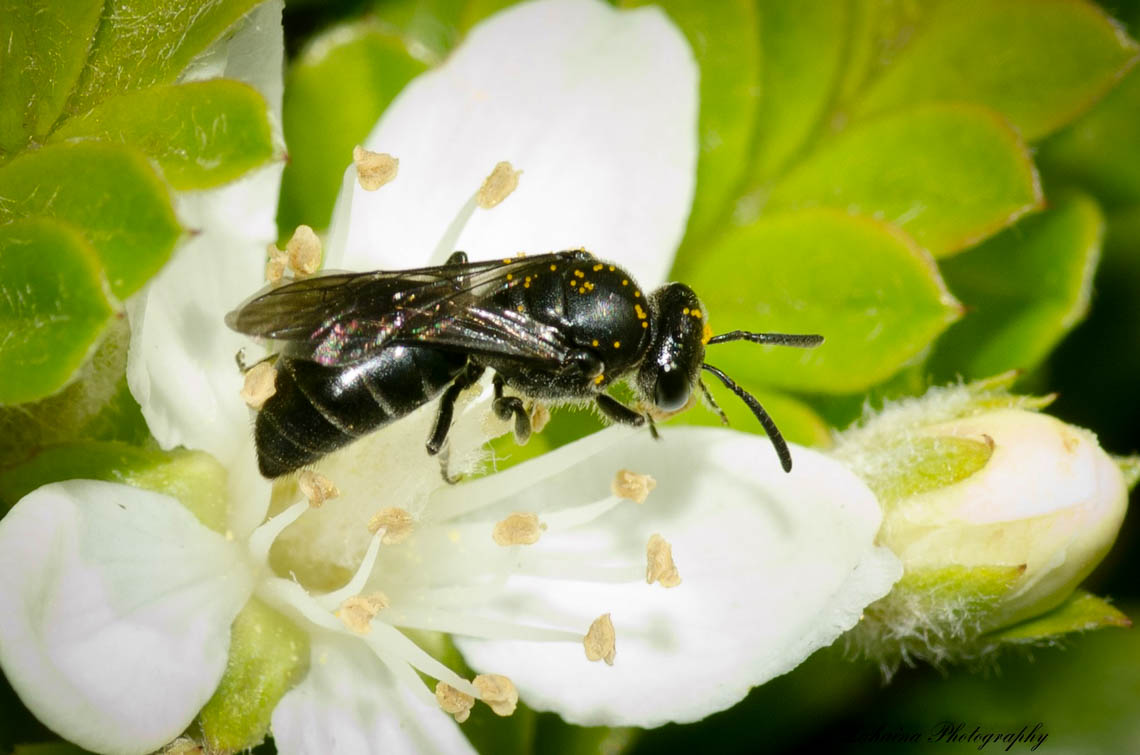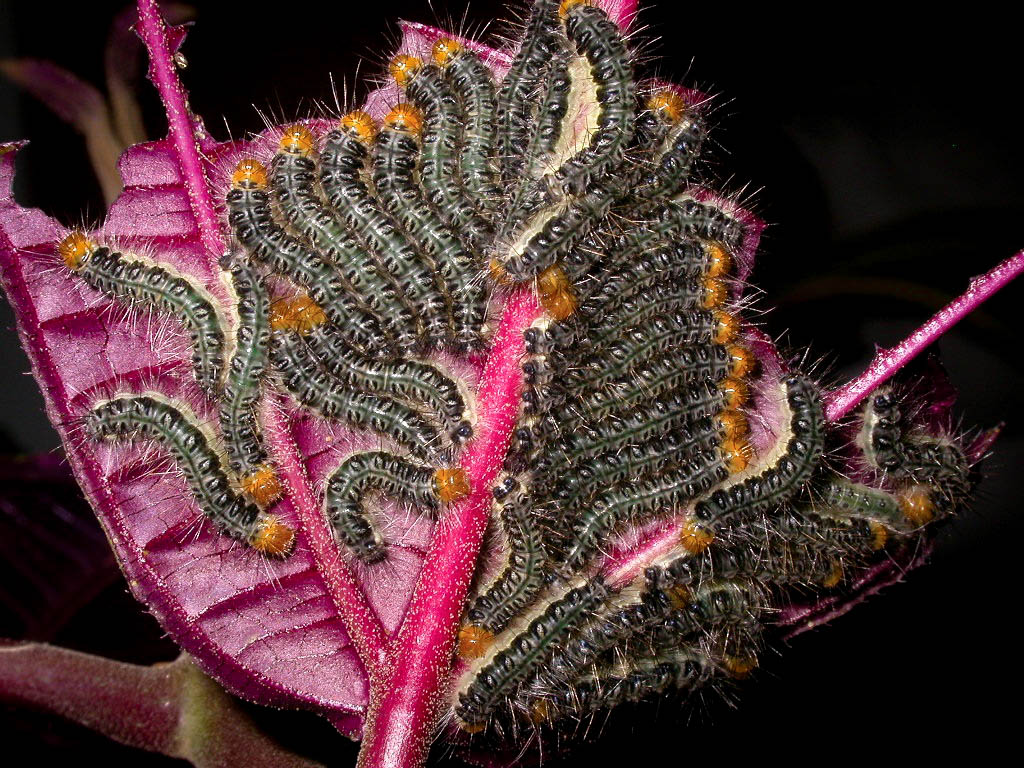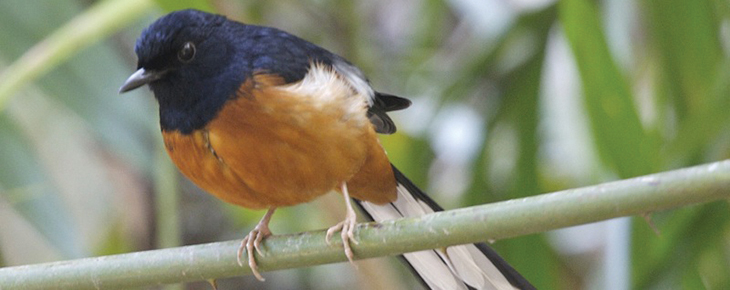The adage “the more you look, the more you see“ is the basis for the “Pollinators in Paradise” project, a…
Read More
2018
Tiny golden butterfly could help halt miconia invasion
A tiny butterfly could soon help conservation crews address miconia.
Fountain grass threatens dryland ecosystems
On the leeward slope of Haleakalā above Kīhei rises a red dirt cinder cone named Puʻuokali. Puʻuokali means “the hill…
Read More
Illegal dumping risks spreading invasive species
The evening of July 24, 2018, a Maui resident living near the Five Corners area of Haʻikū heard something she…
Read More
Introduced songbirds can be invasive in Hawai’i
In March of 2018, a cluster of reports from Maui residents and visitors of White-rumped shamas in West Maui came…
Read More





